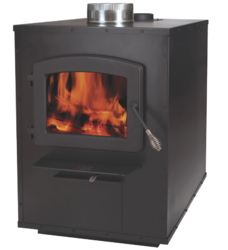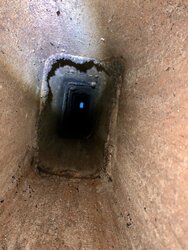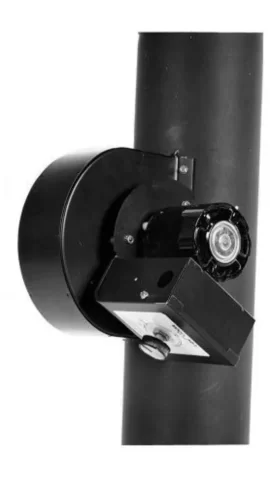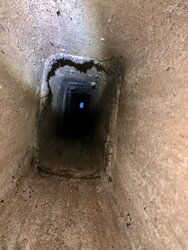Hey guys, I just bought a new epa certified Summer's heat wood furnace, made by Englander. I bought the stove to replace an older B&M stove that was showing some age. Not knowing that epa stoves require a much smaller flue, I'm experiencing issues with it not drawing very well thus keeping a fire going is a struggle. My masonry exterior chimney flue is a 8x13 and the stove isn't getting the flue hot enough to create much of a draft. Does anyone have any ideas in how to help with this, other than dropping in a 6" stainless liner? Is installing a new SS 6" liner a difficult or expensive job?






